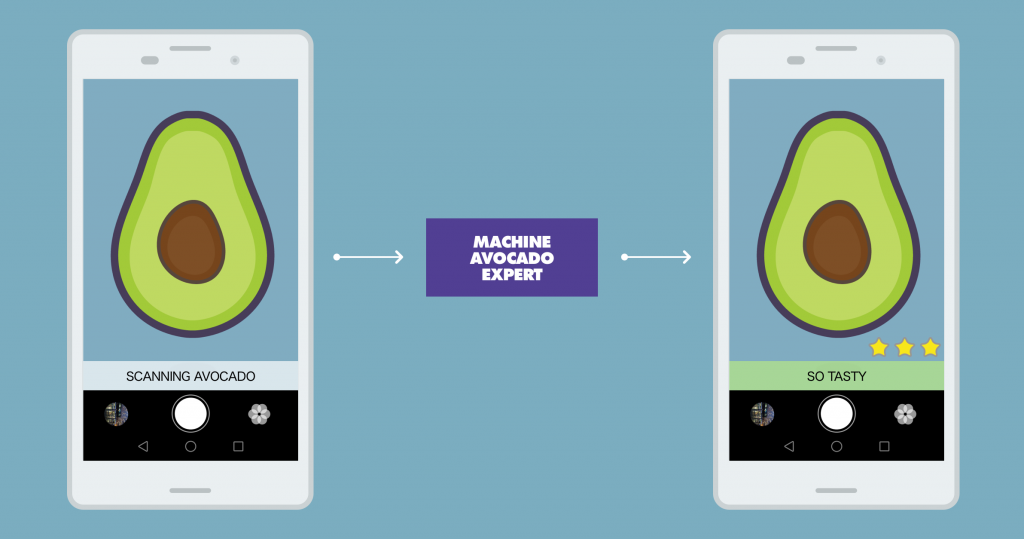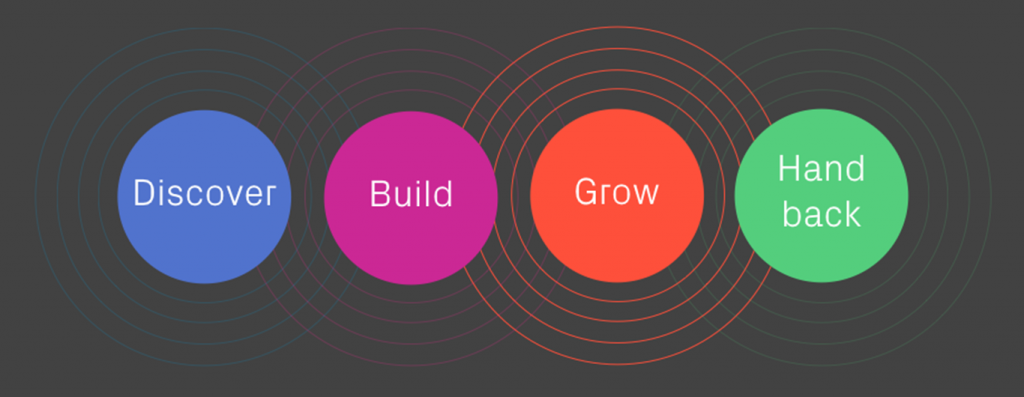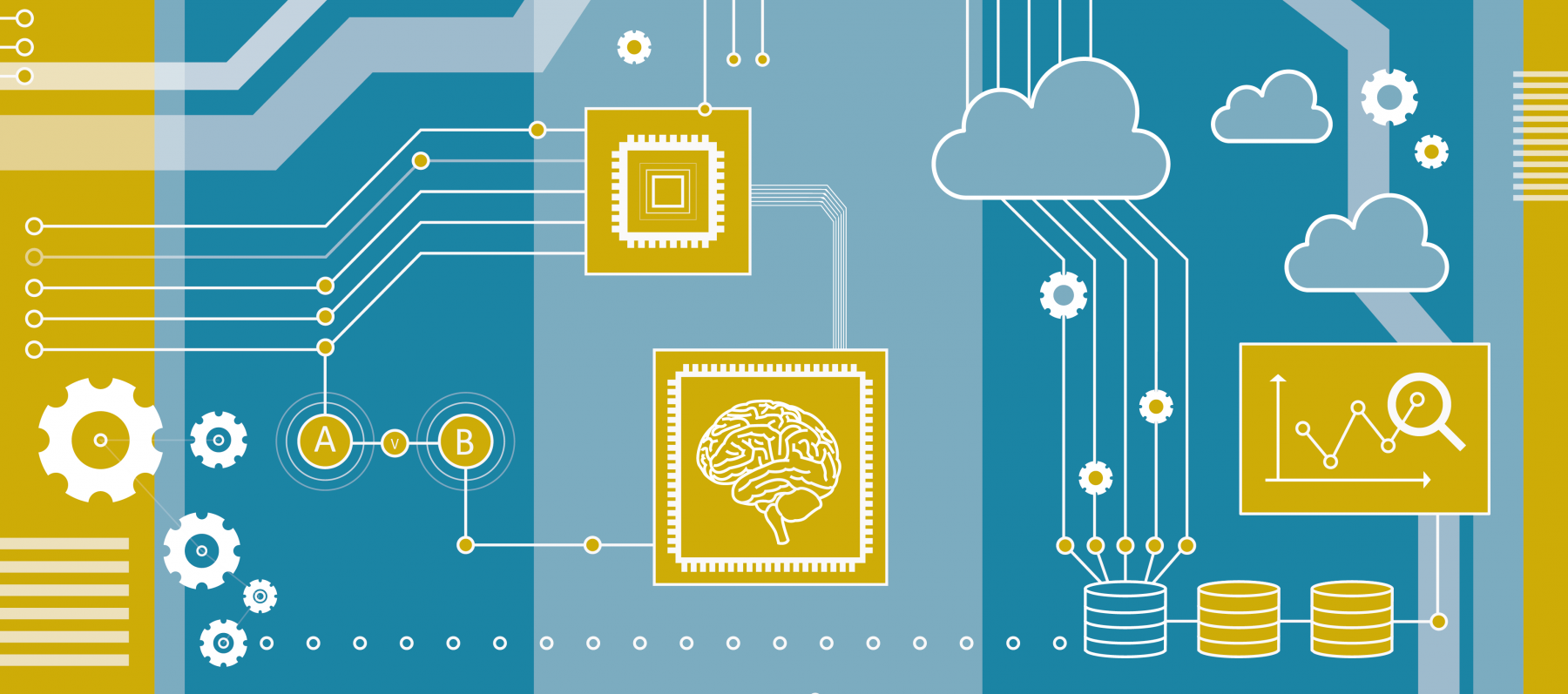Data and machine learning are becoming an integral part of product design and development. If a developer develops and a designer designs, what does a data scientist do? And what does that mean for a digital product studio like ustwo? Also, avocados.
The Avocado Machine
“What is it you actually do?” As a data scientist this is one of the most common questions I am confronted with. In response I have taken to using the everyday challenge of buying good avocados, something familiar to any Shoreditch starter-upper worth their salt, to simply illustrate how a data scientist fits into the product building process.
The process of buying good avocados is harder than it seems. You need to, among other things: look at the colour, feel the texture, compare the size and think about when it will ripen. And you repeat this process every single time you buy an avocado. The same task, the same goal, over and over again. Sounds like a machine learning problem. So let’s solve it!
First, data would be collected on the avocados (length, texture, color, when they were produced) and each one would be rated by an expert on the quality. Once we have the data, we train an algorithm. Training means we use computers, maths and statistics to find patterns that allow us to distinguish good avocados from bad ones.

By the end of the training, we should have a machine that has learned what makes an avocado great, and not so great. So far so good, but having some form of simple machine intelligence is not enough.
We could design and build a great user experience around it so everyone can enjoy a good avocado. And this is what we have developers and designers for. Designers design the experience. Developers develop the app. Data Scientists science the data and create the algorithm. The body, the skeleton and the brain.

But What Does Data Science Mean for a Digital Product Studio?
A data scientist uses and teaches machines to understand our world by finding meaningful patterns. But what does that mean for a studio like ustwo? Given that the focus of our work is on the discovery and delivery of digital products, it is about conceiving, designing and improving these digital experiences using data. And since there are different stages and needs when developing a digital product, different data science tools and techniques are applied accordingly.

Innovation
In the initial discovery stage, data science can play a part by thinking in novel ways about solving the problem at hand. Machine learning can impact the user experiences by creating new ways of dealing with complexity. This also gives us an opportunity to look at the client's existing data sources from a fresh perspective to uncover new ideas. The main task of data scientists at this stage is data business development and data exploration.
When moving into validating a proposition and prototyping, the focus shifts onto engineering and experimentation. In this stage we are dealing with building prototypes with a limited amount of users and – in most cases – a limited amount of data generated from their usage (sensory and geospatial data are an exception).
Data scientists can use this opportunity to research data sources and develop the initial analytics, database and machine learning setups. This involves:
- Exploring and combining different data sources to solve a user need
- Validating assumptions using experimental design
- Initial analytics setup to provide quick overviews on the data generated by the prototype
- Setting up an initial machine learning framework to learn from behaviour
- Tracking usage data during user testing sessions to get objective feedback
- Starting the integration work early on so that a tighter weld between back-end, front-end, and machine learning architecture can be created
Product Development
Once the idea is validated, and learning from the prototypes is taken into account, it’s time to start building our 1.0 product. During this phase, data scientists work with the developers to set up a solid data foundation including databases and the data architecture, based on learnings from the prototype stage. A proper data foundation can save massive amounts of time later when dealing with extracting and cleaning data for use in other projects.
This stage also provides the opportunity to look at integration with the existing data back-end on the client side. Dashboards and analytics are set into place for monitoring and reporting. Beta tests can be run to increase the volume and variety of users, allowing A/B testing to take place.
If the product is making use of machine learning for some of its features, building the data pipelines and improving the accuracy will be key. This will also involve close collaboration with interaction designers to make sure the product is designed to take different decisions of the algorithm into account (e.g. how do we deal with less confident predictions?) To improve user experience and privacy, offline machine learning can be implemented so the processing is run locally on the device.

Launch & Scale
After launch, data scientists shift into optimisation mode. This involved tracking usage across the experience to identify usage patterns, pain points and anomalies. The goal is to drive decisions regarding priorities, bug fixes and expected and actual usage of features. With larger number of users and data, this stage provides better opportunities to launch A/B testing at a larger scale and explore small nuances that make the difference. Another benefit is that by training the algorithm on bigger datasets, the accuracy of our model can improve to provide better end-user experiences.
The End: A New Beginning
The context of machine learning at a digital product studio is focused on the experience with the product. This means working on data projects aimed at making use of user interaction data and projects where large volumes of data can be created in prototype stages with relatively low number of users (e.g. sensory and geospatial data).
Having a deeper understanding of user behaviour can drive the digital product studio to deliver products with an even higher quality. This benefits both the studio and the clients as it allows for a richer user experience and aids decision making. Looking ahead, this can result in products that are able to adapt to the user’s behaviour and context – both the interface and experience to the will be tailored to you.
Special thanks to Rikke and Ra for their original artwork.